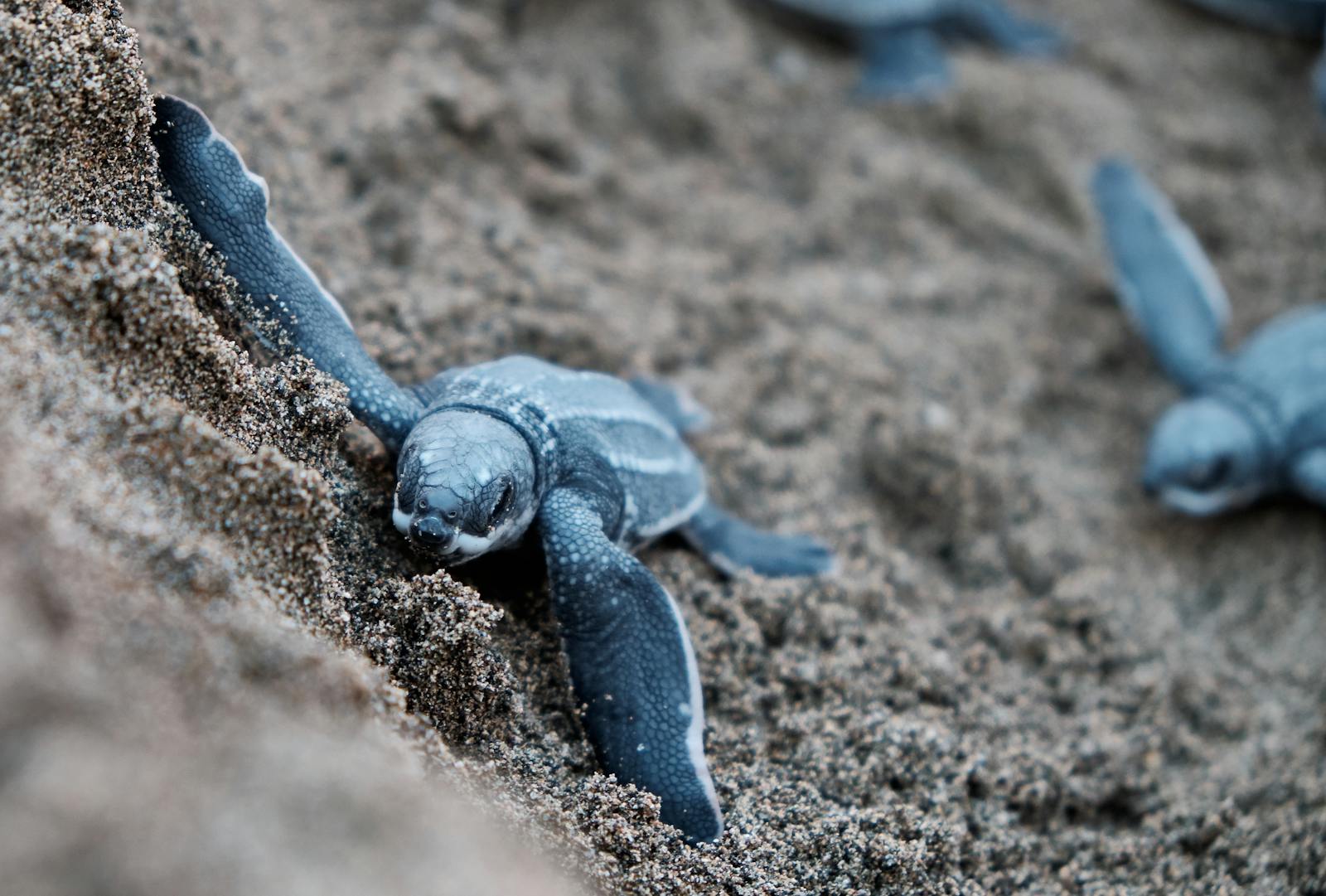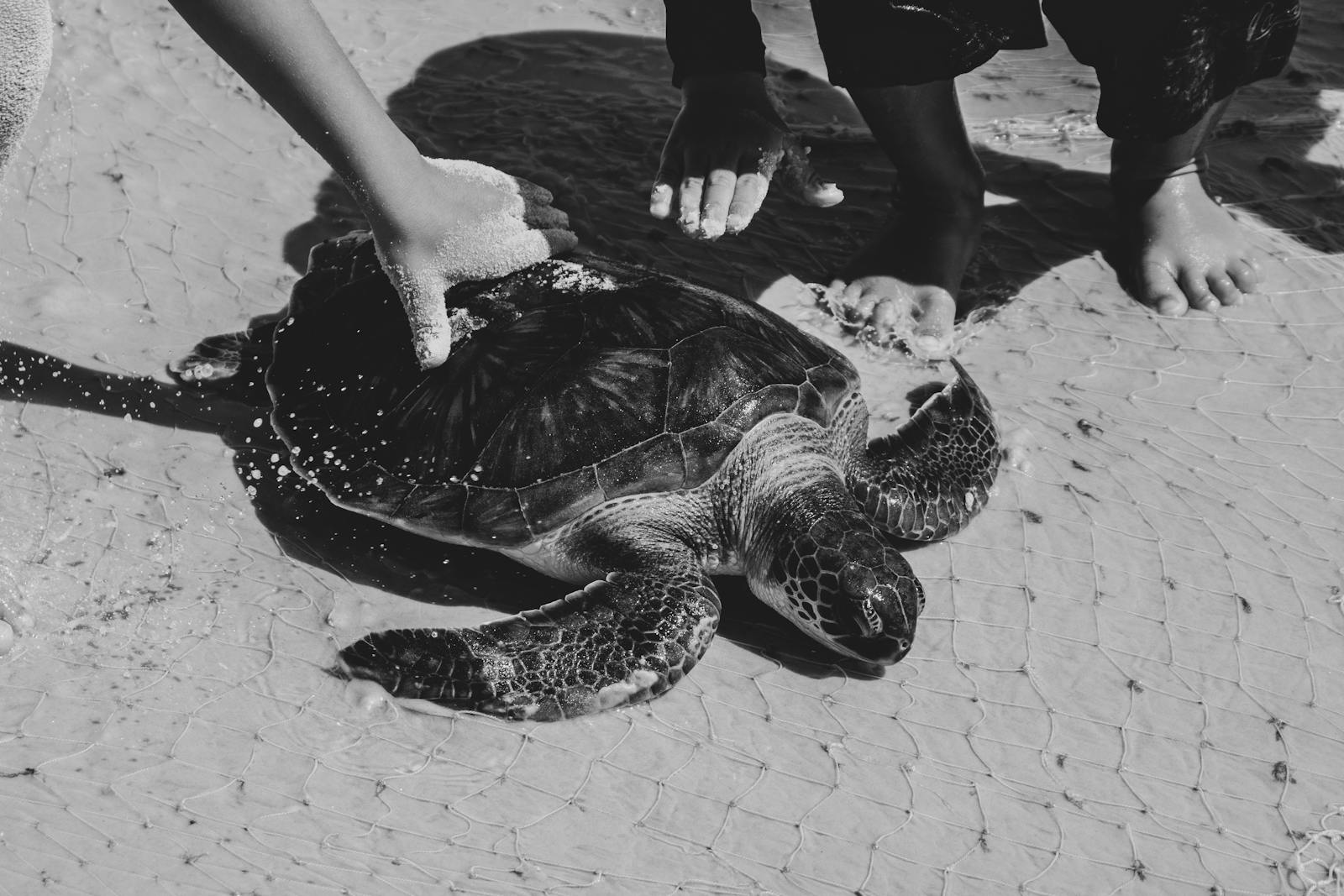In the vast, blue expanse of our planet’s oceans, countless creatures have evolved remarkable adaptations to thrive in challenging environments. While most people associate snakes with land habitats or freshwater environments, there exists a fascinating serpent that defies conventional boundaries. The yellow-bellied sea snake (Hydrophis platurus) stands out as nature’s true marine reptilian marvel – a fully venomous snake capable of swimming miles across open ocean waters. Unlike most of its reptilian relatives, this remarkable creature has evolved specifically for life at sea, developing unique adaptations that allow it to venture farther from land than any other snake species on Earth. Its extraordinary abilities and deadly potential make it one of the most specialized reptiles in existence, challenging our understanding of snake evolution and marine adaptation.
A Truly Marine Existence

The yellow-bellied sea snake belongs to the Elapidae family, which includes other venomous species like cobras, mambas, and coral snakes, but it has taken a dramatically different evolutionary path. Unlike other sea snake species that occasionally venture onto land or stay near coastal areas, Hydrophis platurus spends its entire life cycle in the open ocean, never voluntarily coming ashore. These remarkable reptiles can be found thousands of miles from any coastline, making them the most pelagic (open-ocean dwelling) of all snake species. Their complete adaptation to marine life represents one of the most successful evolutionary transitions from land to sea among reptiles, rivaling even sea turtles in their commitment to oceanic existence. Scientists studying these creatures must often venture far offshore to observe them in their natural habitat, making them somewhat mysterious compared to their land-dwelling relatives.
Distinctive Appearance and Identification

The yellow-bellied sea snake displays a striking and unmistakable color pattern that serves both warning and camouflage functions in its oceanic environment. Its body features a sharp contrast between a pitch-black or dark brown upper side and a vibrant yellow or cream-colored underside, creating a distinctive two-toned appearance. This countershading helps conceal the snake from both predators and prey – from above, the dark back blends with the deep ocean; from below, the yellow belly mimics sunlight filtering through water. Adults typically grow to between 2 and 3 feet in length, though specimens approaching 4 feet have been recorded. The snake’s body is laterally compressed (flattened side-to-side) with a paddle-like tail that propels it efficiently through water, giving it a distinctive silhouette unlike any terrestrial snake species. Their small heads contain potent venom glands and fangs that are relatively short but highly effective for capturing prey.
Global Distribution and Habitat

The yellow-bellied sea snake holds the distinction of having one of the widest geographic distributions of any reptile species on Earth. These remarkable serpents can be found throughout tropical and subtropical waters of the Pacific and Indian Oceans, ranging from the east coast of Africa to the western coasts of the Americas. Their territory spans approximately two-thirds of the globe’s ocean surface, making them truly cosmopolitan marine creatures. Despite this vast range, they rely on warm water currents and typically inhabit waters between 66-86°F (18-30°C), explaining why they’re rarely found in temperate or cold ocean regions. During El Niño events, when warm water currents shift, these snakes occasionally appear in areas outside their normal range, sometimes washing ashore on beaches in California or New Zealand, far from their typical habitat. Their preference for surface waters, where they spend about 90% of their time, makes them more visible to humans than many other pelagic species.
Extraordinary Swimming Capabilities

The yellow-bellied sea snake possesses remarkable swimming abilities that enable it to traverse vast oceanic distances with minimal effort. Unlike terrestrial snakes that use sinusoidal (S-shaped) movements to propel themselves forward, sea snakes employ lateral undulations of their flattened, paddle-like tails to generate thrust through water. This specialized swimming technique allows them to maintain steady forward momentum while expending relatively little energy. Research has documented these snakes actively swimming up to 58 miles (93.3 kilometers) in a single day, though they often travel much farther by strategically utilizing ocean currents to their advantage. Their bodies contain specialized salt glands below the tongue that excrete excess salt, allowing them to maintain proper hydration despite living continuously in seawater. Perhaps most impressively, these snakes can remain submerged for up to three hours between breaths, diving to depths exceeding 160 feet (50 meters) while hunting or avoiding surface disturbances, demonstrating physiological adaptations far beyond what most reptiles possess.
Potent Venom and Hunting Strategy

Despite their relatively small size, yellow-bellied sea snakes possess highly potent neurotoxic venom that ranks among the most powerful in the snake world. Their venom contains a complex mixture of neurotoxins and myotoxins designed to rapidly immobilize fish, their primary prey. A single bite delivers enough venom to kill multiple humans, with toxicity estimated at 2-10 times more potent than that of a cobra. Unlike many venomous land snakes that may deliver “dry bites” without envenomation, sea snakes typically inject venom with every strike, as their hunting strategy depends on quick incapacitation of prey in the three-dimensional ocean environment. These specialized hunters employ a unique “float and wait” hunting technique, remaining motionless at the water’s surface while their dark upper coloration mimics floating debris, attracting curious fish that become easy targets. Once within striking distance, the snake launches a lightning-fast attack, seizing prey with its small but effective fangs and allowing the powerful venom to do its work before swallowing the fish whole.
Reproduction in the Open Ocean

The reproductive biology of yellow-bellied sea snakes represents one of the most specialized adaptations among reptiles, as they complete their entire life cycle without ever needing to return to land. Unlike sea turtles that must come ashore to lay eggs, these remarkable snakes are viviparous, giving birth to fully-formed live young in the open ocean. Female sea snakes typically produce 2-6 offspring per breeding cycle, with gestation lasting approximately six months. The young are born fully equipped for marine life, measuring about 9-10 inches (22-25 centimeters) in length and possessing the same venom potency as adults, albeit in smaller quantities. Birth typically occurs in warm surface waters where abundant small fish provide ready food sources for the newborns. This reproductive strategy eliminates the vulnerable egg stage completely, allowing the species to exist entirely independently of terrestrial environments and contributing to their success across vast oceanic regions where land may be thousands of miles away.
Feeding Habits and Diet

Yellow-bellied sea snakes have evolved specialized feeding behaviors adapted to their pelagic lifestyle, focusing almost exclusively on small to medium-sized fish. Their diet primarily consists of slender fish species that school near the ocean’s surface, particularly those attracted to floating debris or slicks where the snakes often position themselves to hunt. Research has identified over 50 different fish species in their diet, demonstrating their opportunistic feeding strategy. After capturing prey with a venomous strike, the snake will wait patiently for the venom to take effect before maneuvering to swallow the fish headfirst, a process that can take 15-30 minutes depending on the prey’s size. Their highly elastic jaws and specialized skull structure allow them to consume fish with a body diameter larger than their own head, maximizing feeding efficiency. Interestingly, these snakes can survive extended periods without food, with documented fasting periods exceeding six months during certain oceanographic conditions when prey becomes scarce.
Adaptations for Marine Survival

The yellow-bellied sea snake has evolved numerous physiological and anatomical adaptations that enable its remarkable oceanic lifestyle. Perhaps most crucial is the specialized single-chambered lung that extends nearly the entire length of the body, functioning both for breathing and buoyancy control, allowing precise depth adjustment. Their nostrils feature specialized valvular scales that close tightly underwater, preventing water intake when submerged and opening only when the snake surfaces to breathe. Unlike terrestrial snakes, sea snakes possess specialized salt glands located beneath their tongues that actively excrete excess sodium and chloride ions, enabling them to maintain proper hydration despite living in a hypersaline environment. Their skin has evolved to be nearly impermeable to seawater, further reducing salt uptake while still allowing limited fresh water absorption during rainfall, which many individuals actively seek out by surfacing during storms. Even their scale structure differs from land snakes, with overlapping scales that create a watertight seal and reduced friction for efficient swimming, demonstrating the comprehensive nature of their adaptation to marine existence.
Interactions with Humans
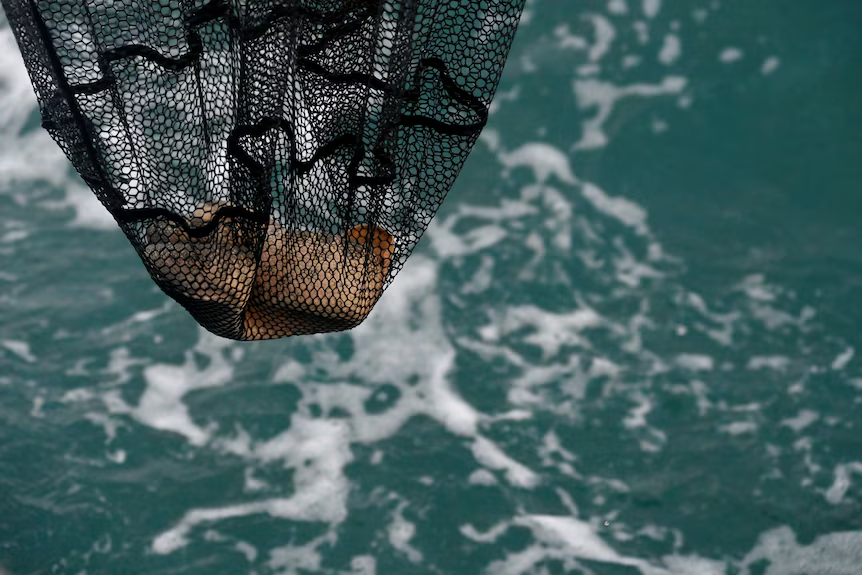
Despite their deadly venom, yellow-bellied sea snakes rarely pose a significant threat to humans due to their offshore habitat and generally non-aggressive nature. Most human encounters occur when the snakes are accidentally caught in fishing nets or wash ashore, particularly during storms or unusual current events. Commercial fishermen in tropical regions occasionally report finding these snakes in their catches, requiring careful handling to avoid potential bites. When confronted, the snakes typically attempt to flee rather than attack, though they will defend themselves if physically restrained or threatened.
Documented bites on humans are exceedingly rare, with fewer than 20 well-verified cases in medical literature, though the potency of their venom means any bite should be considered a medical emergency requiring immediate antivenom treatment. The primary antivenoms effective against yellow-bellied sea snake bites are produced in Australia and require specialized medical facilities for administration, highlighting the importance of proper identification and rapid medical response in the rare event of envenomation.
Conservation Status and Threats
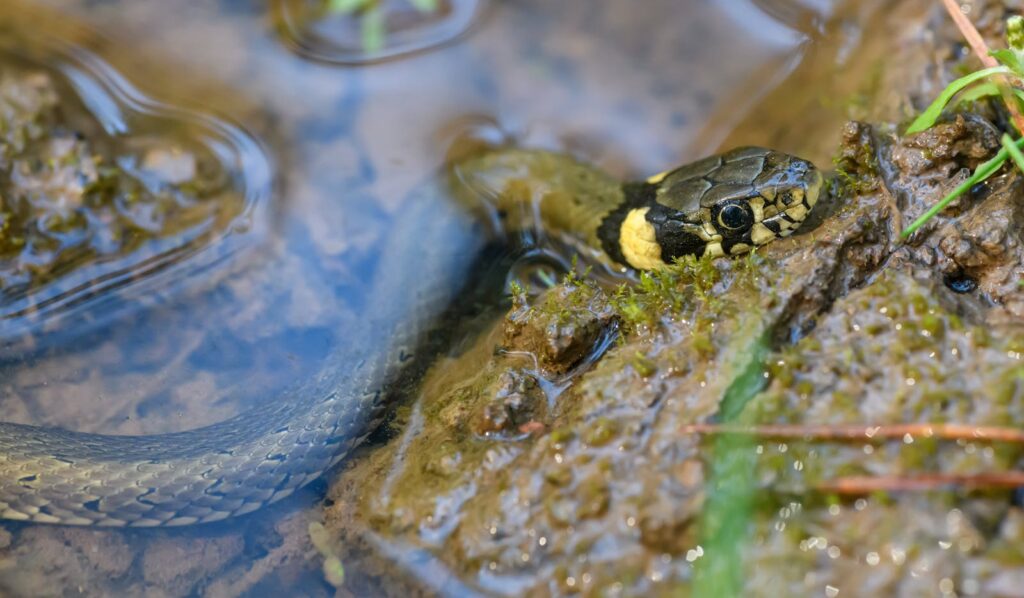
While currently listed as of “Least Concern” on the IUCN Red List, yellow-bellied sea snakes face several emerging threats from human activity and environmental changes. Ocean pollution, particularly plastic debris, poses a significant risk as these snakes often congregate in the same surface slicks where floating plastic accumulates, leading to potential ingestion or entanglement. Commercial fishing operations occasionally capture these snakes as bycatch, and while total mortality figures remain poorly documented, this represents an ongoing threat to local populations.
Climate change may present the most significant long-term challenge, as rising ocean temperatures alter the distribution and abundance of prey species while potentially disrupting the ocean current systems these snakes depend on for dispersal. Additionally, increasing ocean acidification could affect the food webs supporting their fish prey, creating cascading effects throughout marine ecosystems. Despite these concerns, their vast range and pelagic lifestyle have thus far buffered them from the more severe population declines seen in coastal sea snake species.
Research Challenges and Scientific Significance
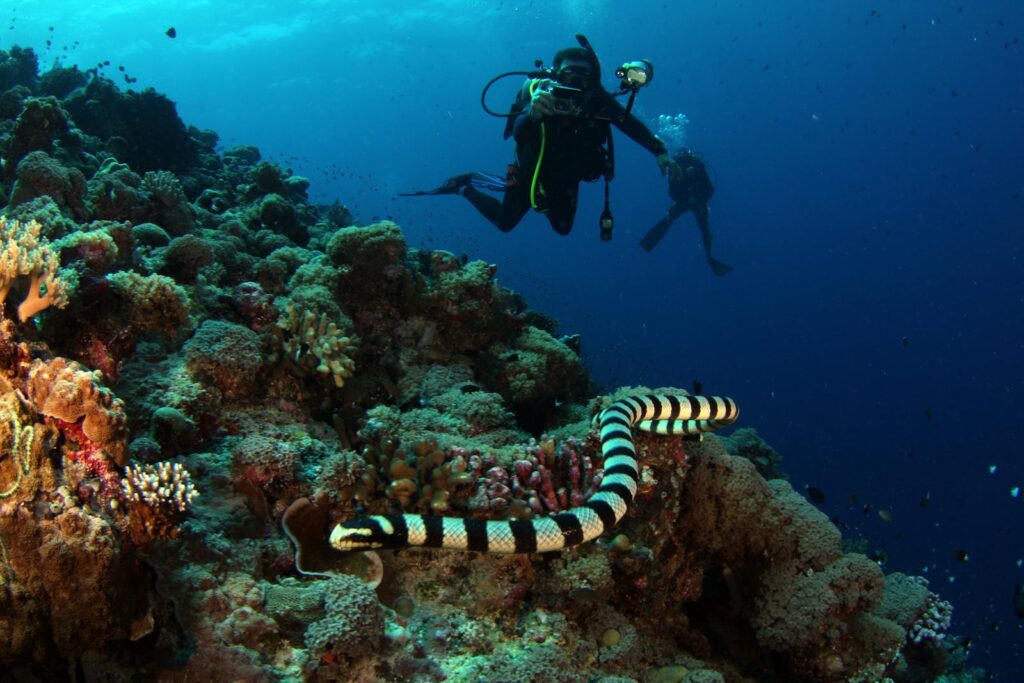
Studying yellow-bellied sea snakes presents unique challenges for scientists due to their pelagic lifestyle and vast oceanic distribution. Field research requires specialized vessels capable of extended offshore operations, and locating these relatively small animals in the immensity of the open ocean often relies on chance encounters or targeted searches during specific oceanographic conditions. Many aspects of their biology remain poorly understood, including population dynamics, migratory patterns, and communication behaviors. Despite these difficulties, ongoing research continues to yield fascinating insights, with recent genetic studies suggesting the existence of distinct populations that rarely interbreed despite the absence of physical barriers in the ocean.
These snakes serve as important model organisms for understanding evolutionary transitions from terrestrial to marine environments, with their adaptations providing valuable insights into mechanisms of natural selection. Additionally, biochemical research on their venom compounds has identified several novel proteins with potential applications in medical research, particularly for developing new pain management medications and treatments for neuromuscular disorders.
Cultural Significance and Historical Records
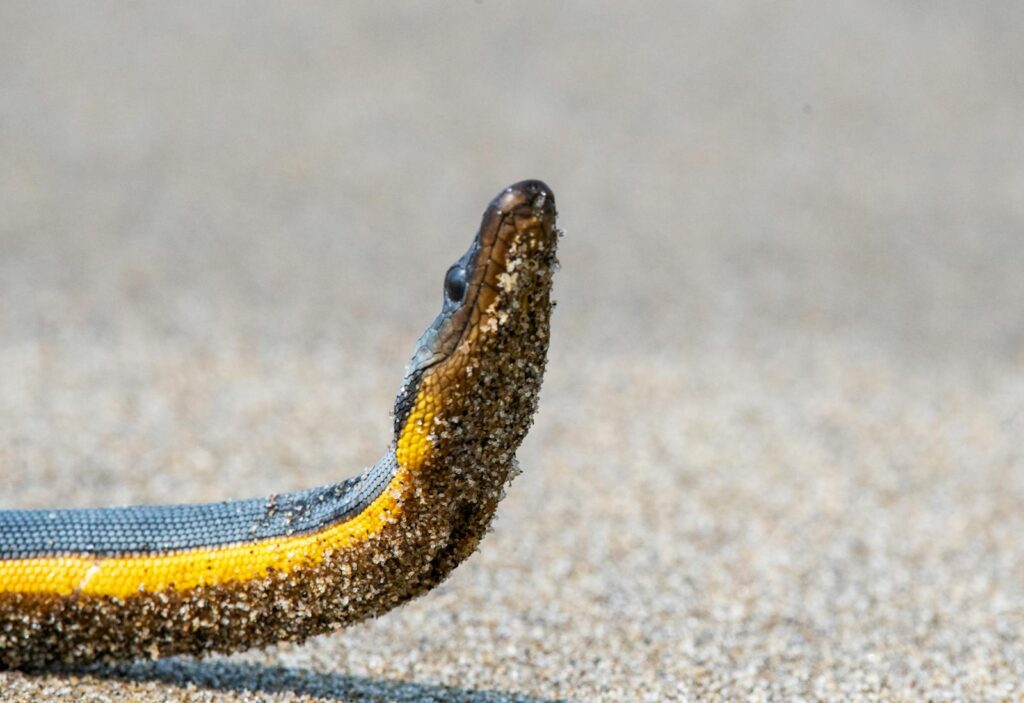
The yellow-bellied sea snake has featured prominently in the maritime folklore and traditional knowledge of many Pacific Island cultures for centuries. Polynesian navigators traditionally recognized these snakes as indicators of specific ocean current patterns, using their presence to help guide long-distance voyages between islands. In parts of Micronesia, ancient petroglyphs depicting sea snakes suggest they held spiritual or navigational significance to early seafaring peoples.
European exploration accounts from the 16th and 17th centuries frequently mention encounters with these distinctive serpents, with Spanish navigator Álvaro de Mendaña providing one of the earliest written descriptions in 1567 during his expedition across the Pacific. Some historical accounts from sailors contain fanciful exaggerations about the size and aggression of these snakes, contributing to widespread misconceptions that persisted until modern scientific study clarified their true nature.
Today, they remain cultural symbols in several Pacific island nations, appearing in traditional stories that communicate important ecological knowledge about ocean conditions and resource availability.
Remarkable Survival Mechanisms

Yellow-bellied sea snakes possess several extraordinary survival adaptations that highlight their specialized evolution for pelagic life. Perhaps most remarkable is their ability to survive extreme dehydration that would kill most vertebrates, with studies demonstrating they can lose up to 80% of their normal water content and still recover when fresh water becomes available. During extended dry periods, they enter a semi-dormant state, reducing metabolic activity and surviving on metabolic water generated from fat reserves. These snakes have also evolved specialized behaviors to collect fresh water, actively surfacing during rainfall to drink from the thin freshwater layer that temporarily forms atop seawater. Their skin contains microscopic sensory structures that can detect minute changes in water salinity, guiding them toward rainwater accumulations. Additionally, they possess remarkable temperature tolerance, surviving in water ranging from 64-100°F (18-38°C), though they actively seek their preferred thermal range of 77-86°F (25-30°C) through vertical movements in the water column. This combination of physiological and behavioral adaptations enables them to thrive in an environment that presents constant challenges of hydration, temperature regulation, and predator avoidance.
In conclusion, the yellow-bellied sea snake represents one of nature’s most specialized evolutionary marvels – a terrestrial reptile lineage transformed into a perfectly adapted oceanic predator. Its ability to traverse vast distances across open waters, combined with its potent venom and specialized adaptations for marine survival, makes it unique among the world’s serpents. While rarely encountered by humans due to its offshore habitat preferences, this remarkable species continues to fascinate scientists studying evolutionary adaptation, marine ecology, and venom biochemistry. As our oceans face unprecedented challenges from climate change, pollution, and resource exploitation, the future of these remarkable serpents remains uncertain. Their continued survival will depend on our broader efforts to protect marine ecosystems and the complex web of life they support, ensuring that these extraordinary ocean wanderers can continue their remarkable journey across the world’s seas for generations to come.


